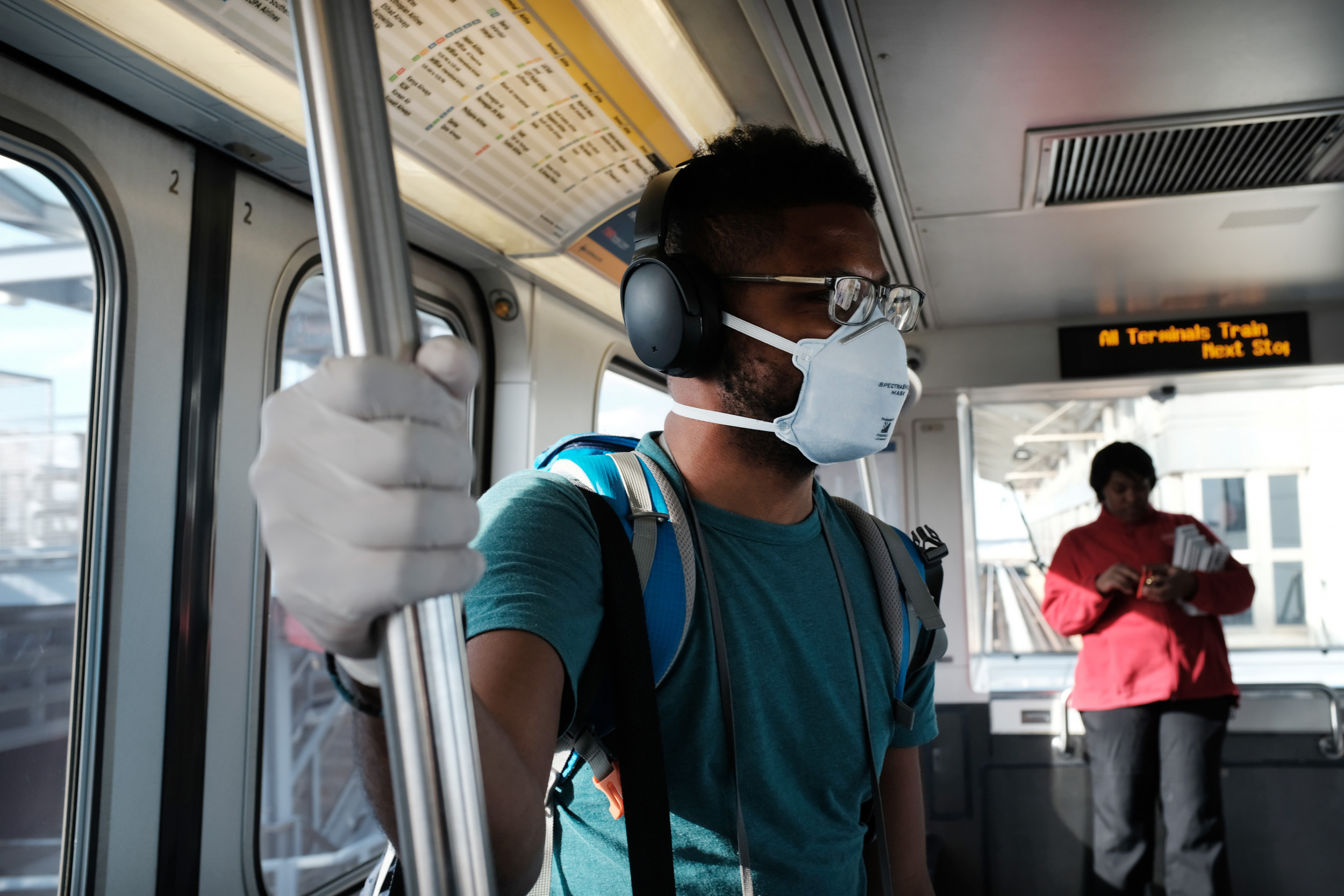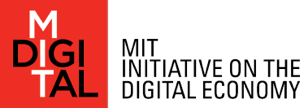
Social distancing, remote workers, and virtual events are suddenly the new normal as the COVID-19 epidemic swiftly spreads into every aspect of life in the U.S. and around the world. Yet, they are also topics long-studied by researchers at MIT’s Initiative on the Digital Economy (IDE).
Today’s frightening public-health realities are spurring new IDE research into technology’s role as a business and social lever. While responses and data are unfolding hourly, several IDE researchers are offering timely perspectives, advice, and studies to help businesses and workers cope better today as well as tomorrow. The future of work is abruptly upon us. What follows is a summary of these ideas and insights.
- Social media and isolation, Sinan Aral, newly appointed Director of the MIT Initiative on the Digital Economy

Sinan Aral
A large fraction of the world is self-isolating to prevent the spread of COVID-19. Social distancing and reducing physical contact with others is essential to reducing the impact of this pandemic, whether we are healthy or not, Aral said. The spread of a pandemic can be disrupted by immediate social distancing. Yet, as Aral, writes in a forthcoming book, “Isolation is aversive and unsafe for social species. We are evolutionarily bound by our neurophysiology to communicate, connect, and coordinate with one another.”
In the book, The Hype Machine, which examines the far-reaching effects of social media, Aral argues that the social technologies created in the last decade — often blamed for the rise of loneliness — could, ironically, be extremely helpful in maintaining social relationships during this great physical distancing.
“Creating a schedule and virtually organizing our friends to meet online could help us stave off the mental health effects of physical isolation,” Aral wrote in a recent blog post, suggesting some examples of regularized virtual activities:
- Scheduled group FaceTime, Skype, Zoom, or other chat hangouts.
- Livestreamed concerts, gym classes, and virtual book clubs.
- Use of apps and social platforms designed to help optimize online interactions with loved ones, including Ikaria, Cocoon, Monaru, and Squad.
Read Aral’s blog, A COVID-19 Behavior Change Primer, on LinkedIn here.
2. Changes to the organization that need to be made now, Alex “Sandy” Pentland, IDE co-leader

Individuals with high “centrality” are most at-risk for contracting the coronavirus, Pentland said during a webcast hosted by MIT’s Industrial Liaison Program (ILP) this week. That means executives, especially those in corporate headquarters, must take precautions while also keeping the business running and ideas flowing. But that’s not as simple as it sounds, he said.
Drawing from his work and book on Social Physics, Pentland noted that while everyone must adhere to medical guidelines to keep a safe distance to reduce the spread of the virus, businesses depend greatly on physical interactions and connections that virtual work does not provide.
Most businesses are not set up to accommodate and reward collaboration and informal idea generation. In fact, he said, 50% of business decisions are influenced by informal conversation and interaction versus formal meetings. Successful innovation and productivity also thrive in personal-contact environments, which must be encouraged when virtual meetings are more common.

Pentland offered several insights and recommendations about building “solidarity” among employees and maintaining continuous social contact during the pandemic — and beyond. He suggests ways to set up organizational structures to keep these practices going into the future when the next unexpected event will surely arise.
Watch the full MIT ILP program video here.
Also read more on MIT Sloan here.
3. Stemming social media misinformation, David Rand, Associate Professor of management science and brain and cognitive sciences at MIT

Misinformation on social media has been a growing problem as platforms proliferate and usage becomes more ubiquitous. The results can be dangerous to individuals and to society as a whole.
Rand and his associates applied experimental techniques used in their previous social media studies to investigate why people believe and spread false (and true) news content about COVID-19, and to test an intervention intended to increase the truthfulness of the content people share on social media.
The findings can be found in a just-released working paper, Fighting COVID-19 Misinformation on Social Media: Experimental evidence for a scalable accuracy nudge intervention, written by Rand, Gordon Pennycook, Jonathon McPhetres, and Yunhao Zhang.
In short, the researchers conclude that “misinformation can amplify the greatest challenges of humanity… a salient recent example is the COVID-19 pandemic, which has bred a multitude of falsehoods even as truth has increasingly become a matter of life-and-death.”
The authors test an intervention “intended to increase the truthfulness of the content people share on social media” based on two studies with more than 1,600 participants. They find support for the idea that “people share false claims about COVID-19 in part because they simply fail to think sufficiently about whether or not content is accurate when deciding what to share.” Participants who engaged in more analytic thinking and had greater science knowledge were more discerning in their belief and sharing, they find.
In a second study, they found that a simple reminder or “nudge”– i.e., asking people to judge the accuracy of a non-COVID-19-related headline — more than doubled “the level of truth discernment in participants’ sharing intentions.”
The results mirror those found previously for political fake news dissemination and suggest that “nudging people to think about accuracy is a simple way to improve choices about what to share on social media.” Platforms can easily implement these notices, they said, leading to “an immediate positive impact on stemming the tide of misinformation about the COVID-19 outbreak.”
Read the full working paper on the IDE web site, here.
